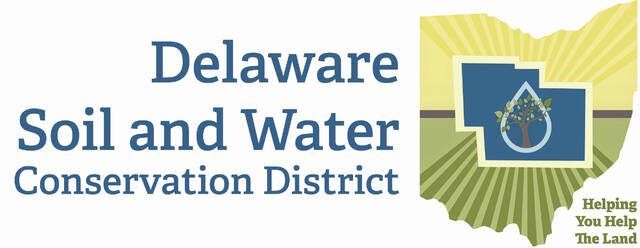
In 2019, April was designated Ohio Native Plant Month.
Plants serve many important functions in our ecosystem, including cleaning and filtering air and water and providing food sources for wildlife, humans and pollinators. Plants that exist natively in a region have developed along with native wildlife to support each other’s life cycles and withstand local weather conditions. Particularly for critters like native bees and butterflies, who pollinate most flowers and many food crops, native plants provide a far preferable food source to non-native plants.
The Ohio Native Plant Month organization has selected four native plants to highlight in 2022 that are widely available to purchase in nurseries in Ohio to encourage more residents to plant and preserve these native species. The plants selected for 2022 are bur oak, eastern redbud, northern spicebush and purple coneflower.
Bur oak is a large deciduous tree that thrives in many soil types, including moist clay and prefers full to partial sun. Compared to other types of oak, bur oak typically has deeply furrowed bark and large, mossy acorn caps that cover most or all of the acorn. They are versatile trees, but bur oaks are especially well-suited to large open areas, where they can grow up to 90 feet tall.
Eastern redbud is a smaller ornamental tree, reaching approximately 15 feet on average. Redbud trees are covered in clusters of small pink flowers each spring, making them a great choice for landscaping or decorative planting. They can adapt to a variety of circumstances, but have the best longevity in moist, well-drained organic soils with moderate to full sun.
Northern spicebush is a shrub often found in the understory of deciduous woods. The spicebush blooms with yellow flowers in the early spring and develops red berry-like fruit in the fall. The fruit and leaves can be utilized for spice or tea, or left on the shrub for fauna to enjoy. Many types of caterpillars and several butterflies and moths particularly enjoy the northern spicebush.
The purple coneflower is a perennial flower that is often used in flower beds and landscaping. Coneflowers are very popular among caterpillars, butterflies, hummingbirds, and native bees. These plants prefer a well-drained rich soil with full or partial sun. In optimal conditions, coneflowers can spread easily with little effort from the gardener.
Planting native species like these four are a great way to support pollinators and other native wildlife. Check out OhioNativePlantMonth.org for more information on these plants as well as the importance of native plant species. Plant information obtained from ODNR, bplant.org, and wildflower.org. To learn more about the work of the Delaware Soil and Water Conservation District, visit SoilAndWater.co.delaware.oh.us or call us at 740-368-1921.


